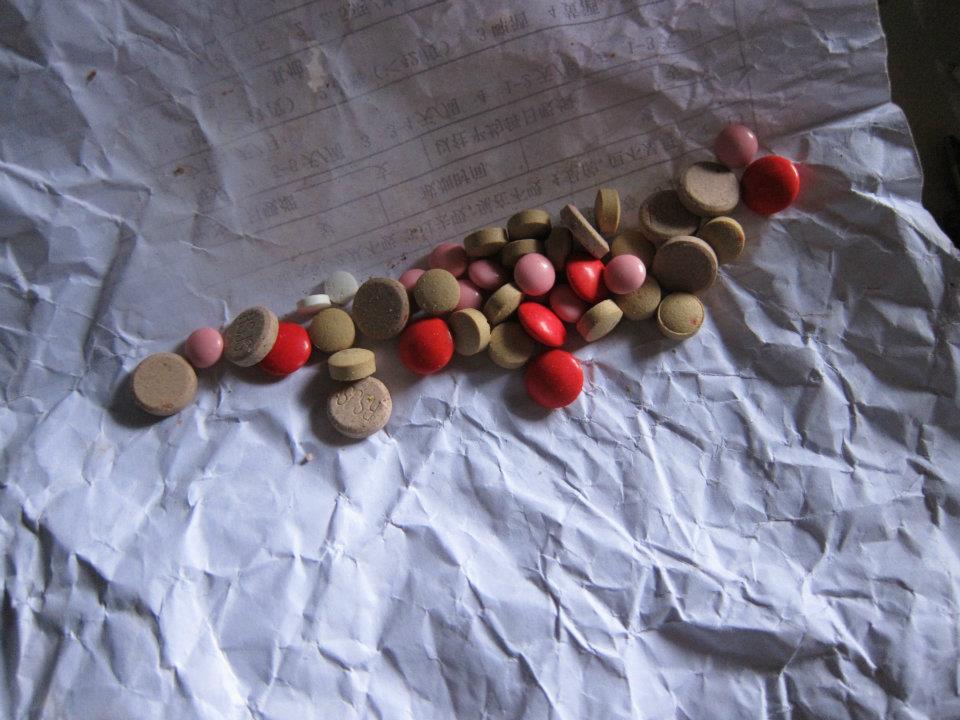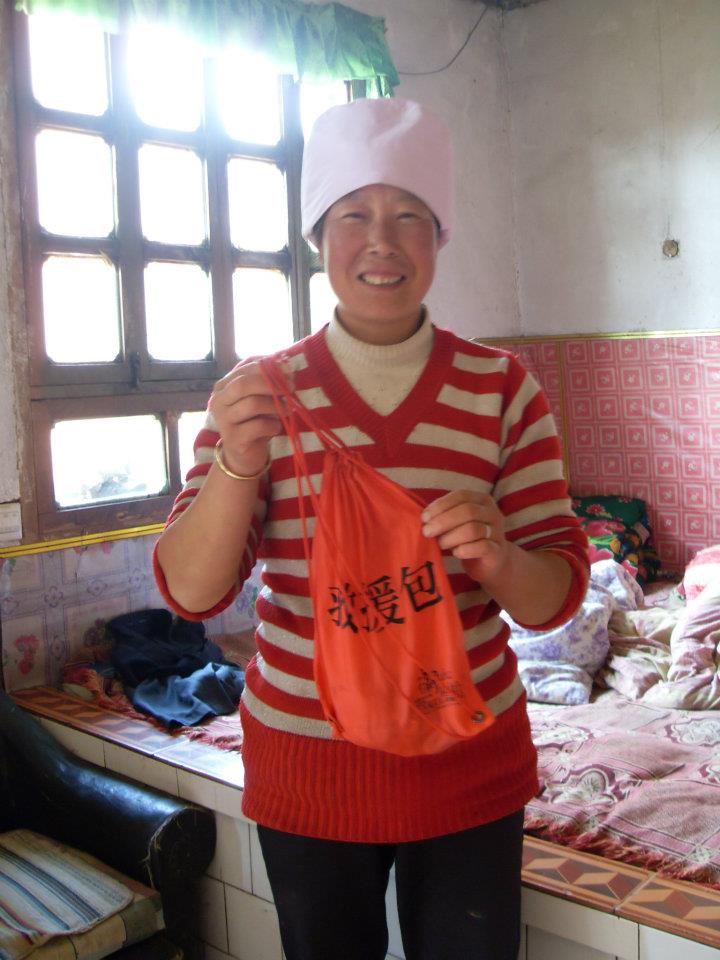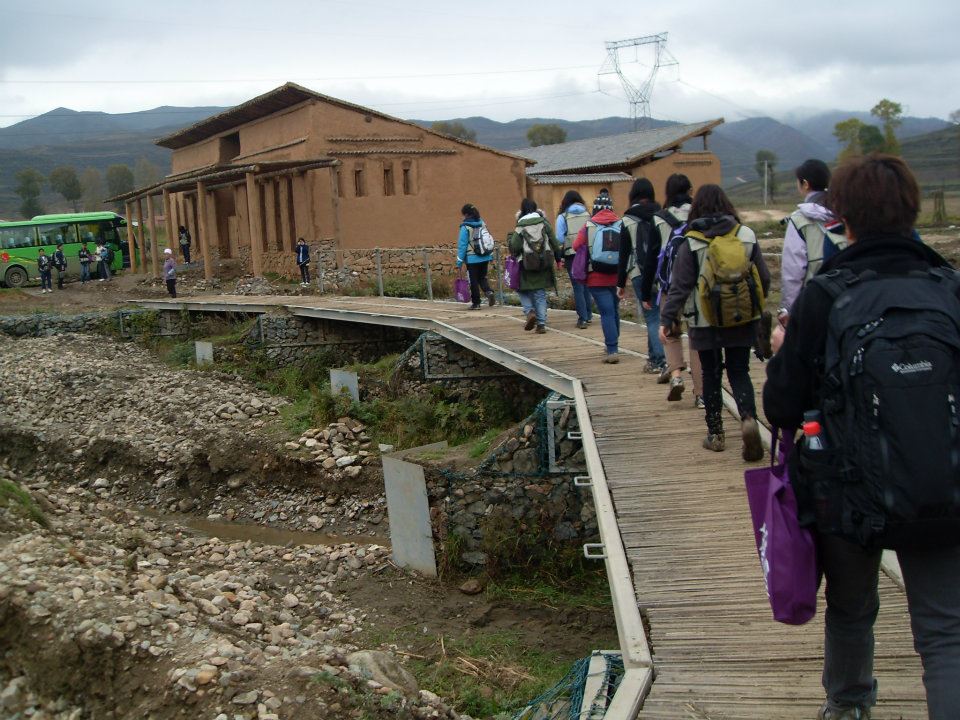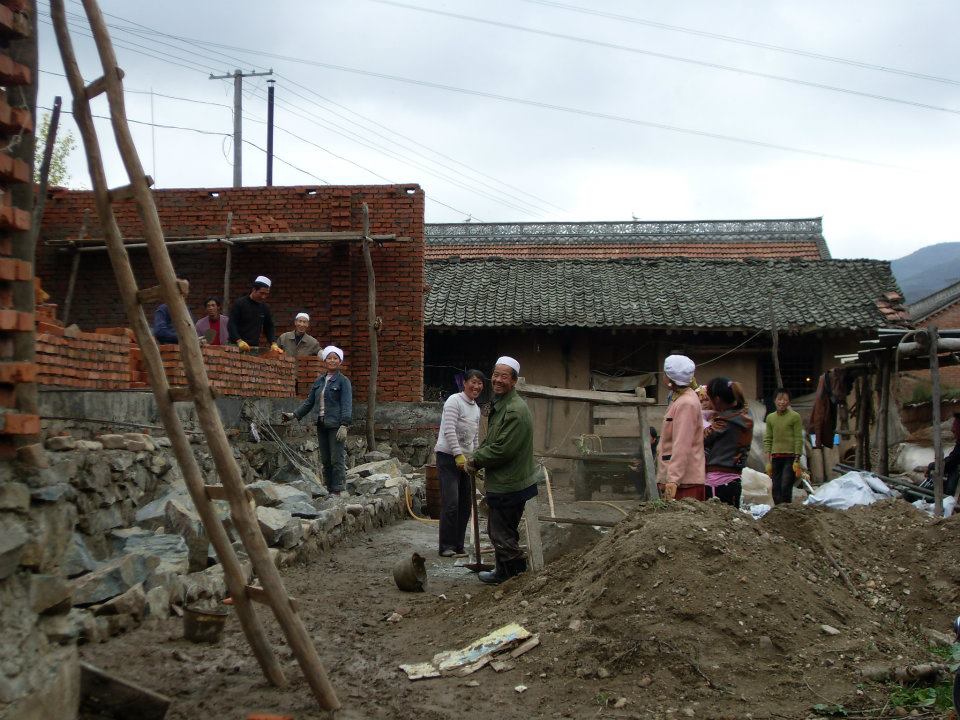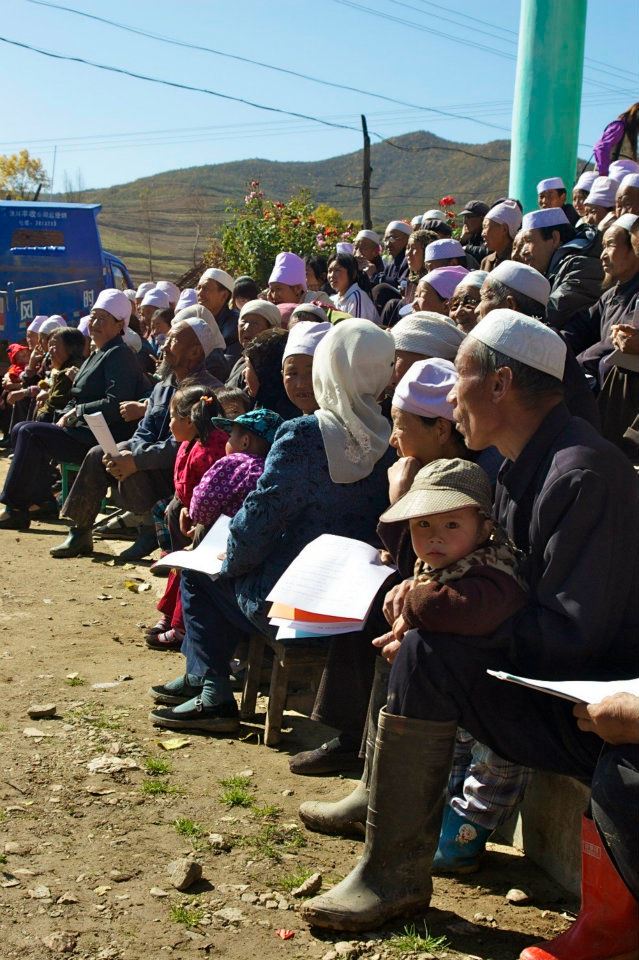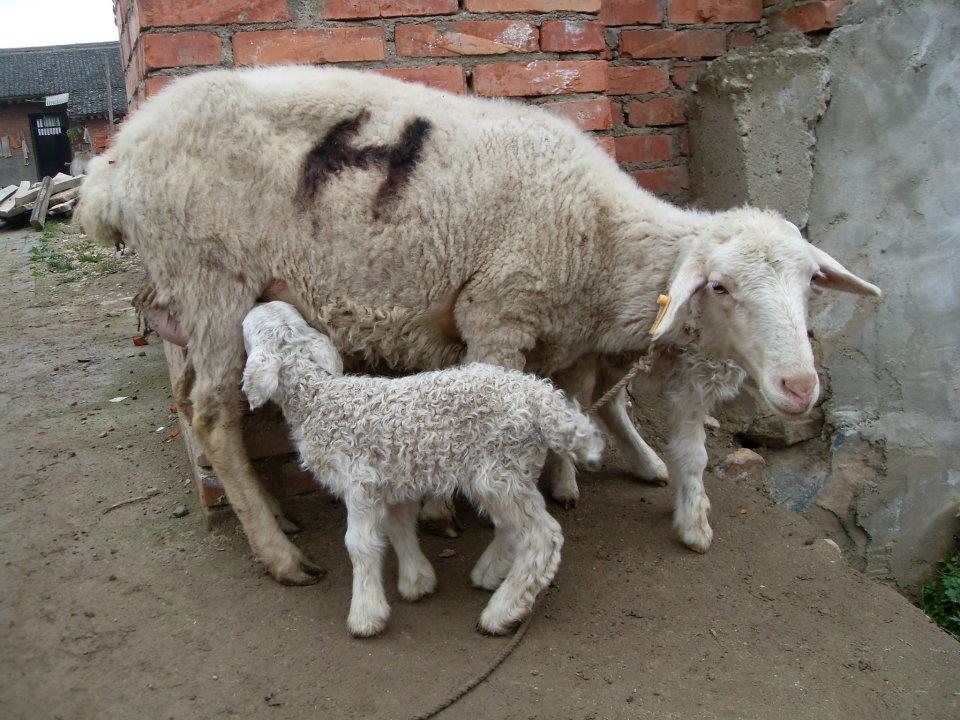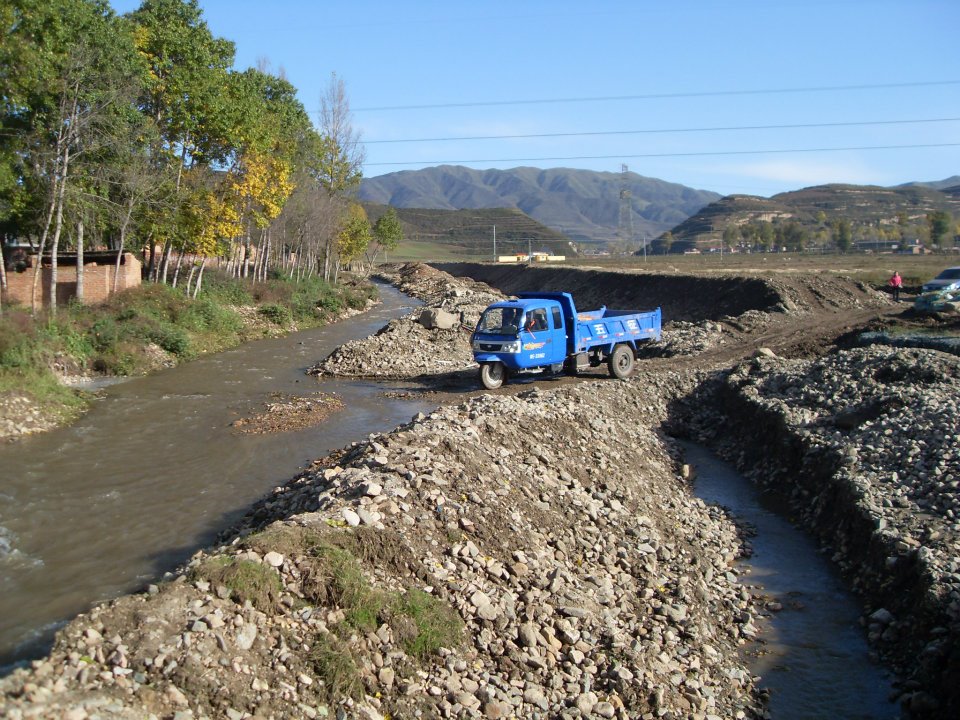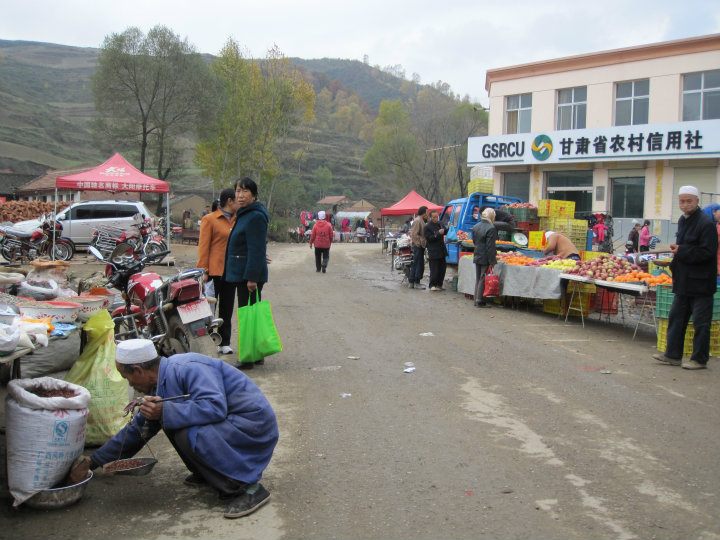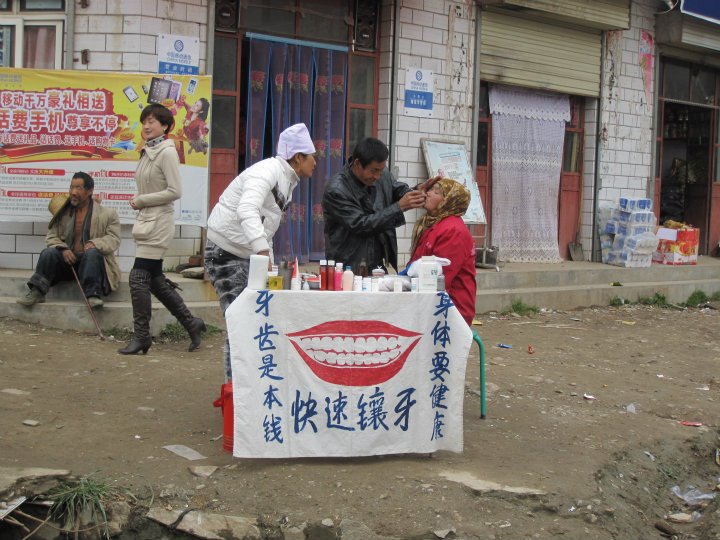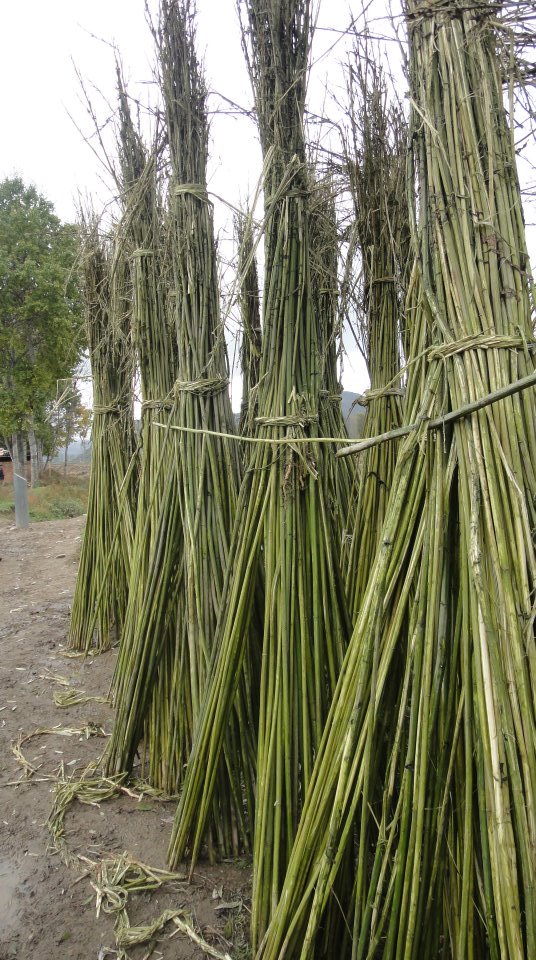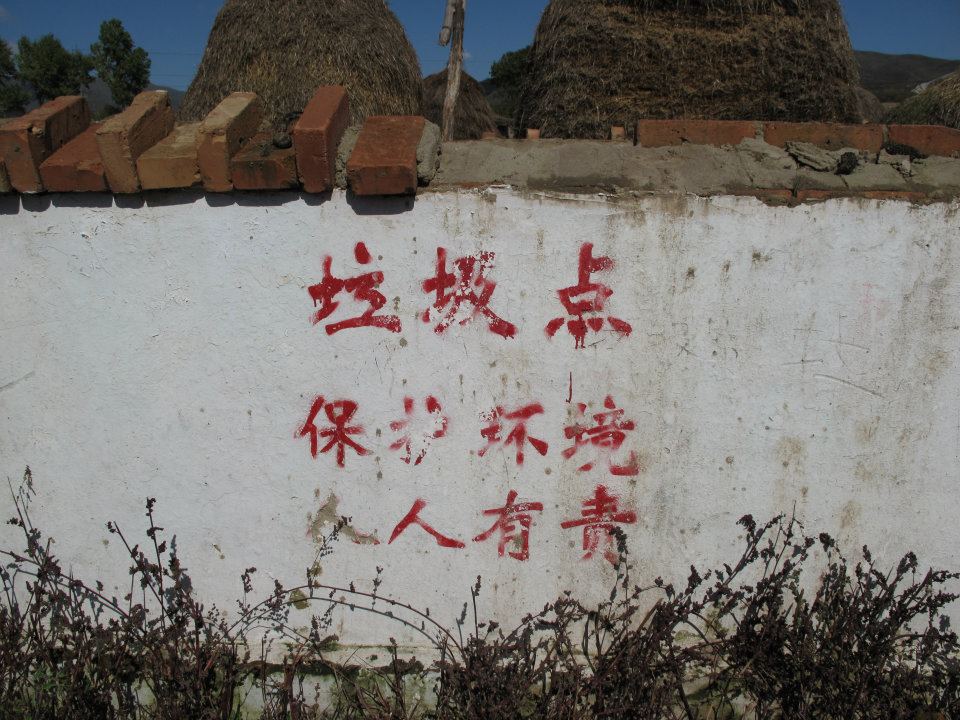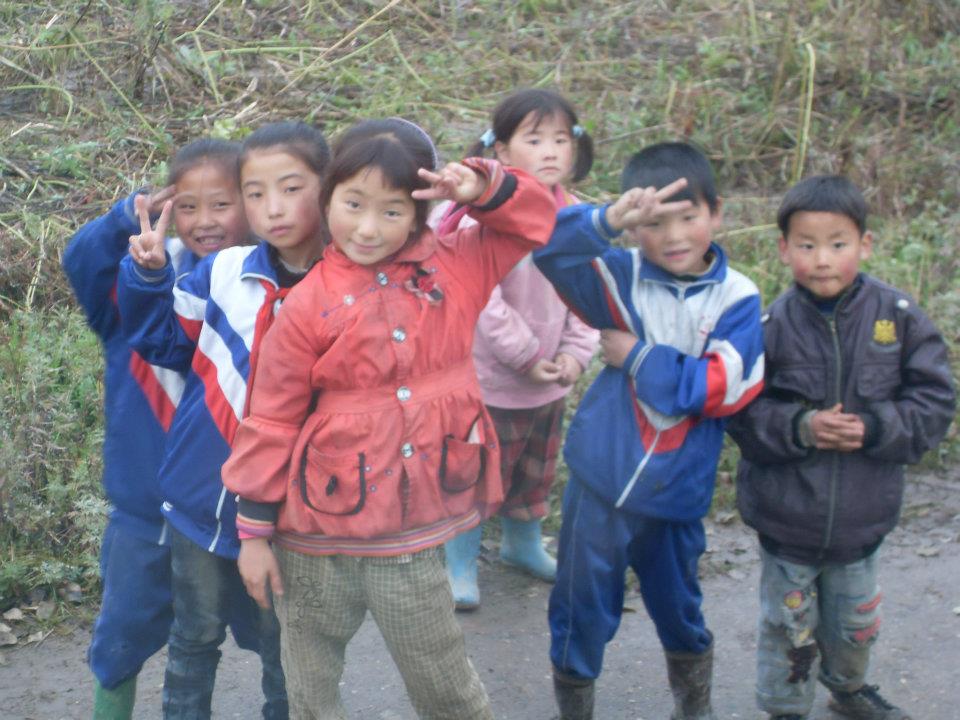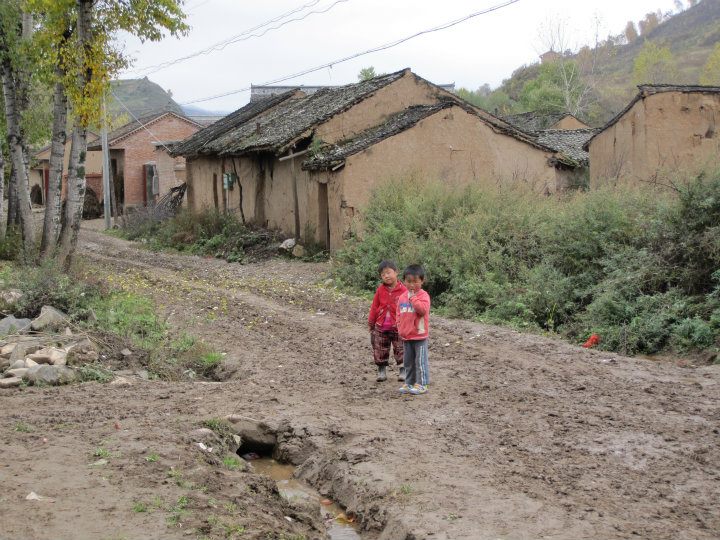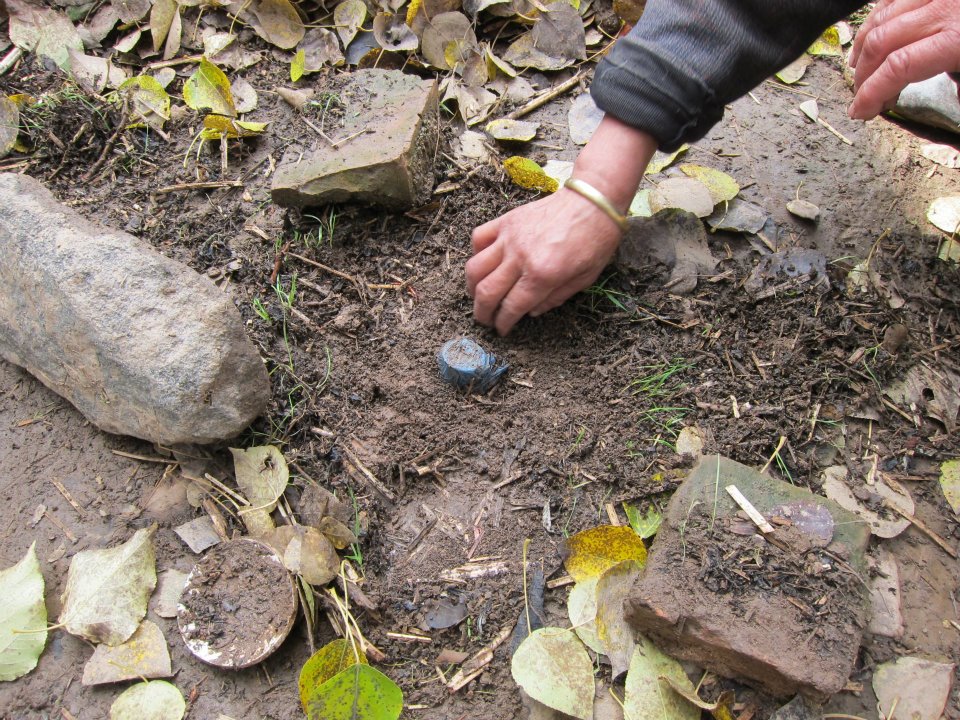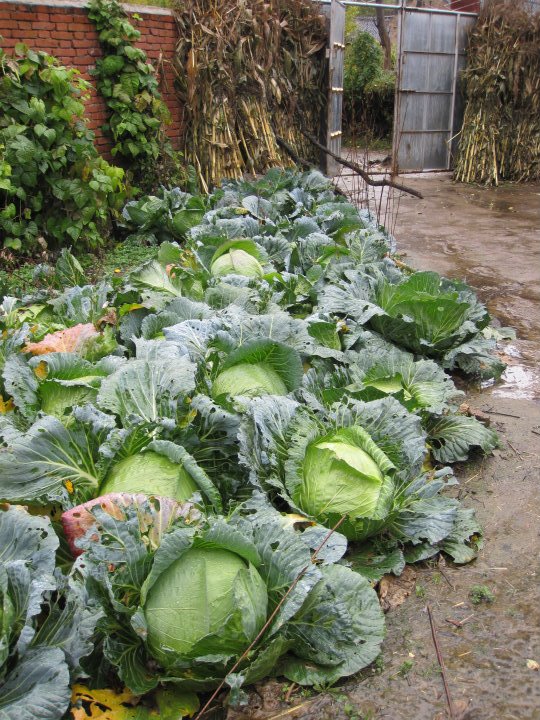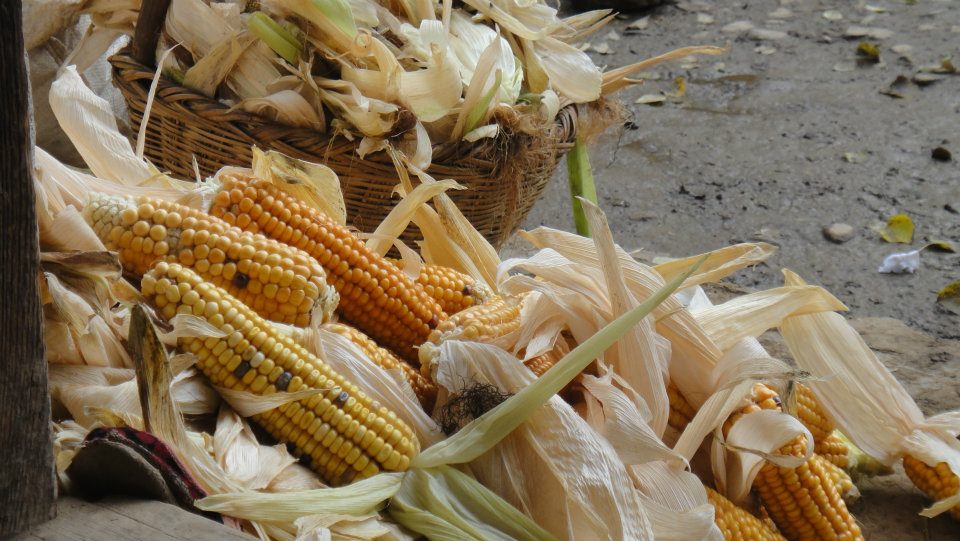Completed Site - Datan Village
|
Profile |
Details |
|
Geographic location |
Datan Village, Malu Township, Tianshui City, Gansu Province |
|
Ethnic minority / Proportion of a specific minority among the local population |
Hui / 90% |
|
Annual household income |
RMB1,140 |
|
Common natural disasters |
Flooding, snowstorm, earthquake |
|
Number of subgroups in village |
4 |
|
Number of households in village |
213 |
|
Total population in village |
1,108 |
Specific Public Health Issue – Women's Health
The need for basic health care services is barely met. The only doctor in the village has left to work in the city. The clinic nearby is providing limited services and cannot cope with hospitalization or complex cases including obstetric emergencies. Children, however, all have their immunization status up to schedule. The low income of the villagers is also the main reason which deters them from seeking medical care in the larger cities.
Some women were found to have undergone multiple breast surgeries for presumably fibroadenosis. The underlying reason for the surgical interventions was put into question. It might be due to the lack of knowledge (by the surgeon), the lack of proper investigation facilities (e.g. mammogram, ultrasound, fine needle aspiration or biopsy, or financial motivation of the service providers. The emotional and financial burden to the patient and her family was immense.
Disaster Profile
The climate characteristics as well as the geographic location make Datan Village prone to disaster. In the summer, the rain causes the Malu river to flood, thereby damaging the houses which are made up of clay. Landslides also occur frequently. During the winter, the temperature drops to sub-zero degree and heavy snowfalls are common. Datan Village also lies in an earthquake zone.
Village Stories from Team Volunteers
|
It is a village where more than half of its inhabitants are empty-nesters, and chronic diseases occur in almost all households. Q: What kind of medications do you normally have to take? Although the villager took the medications as prescribed, she never realized the importance of knowing the differences among and purposes of the pills. This bridge was built by Wu Zhi Qiao. Every time I see something built by Wu Zhi Qiao in the village sites we visit, it reminds me the importance of inter-disciplinary collaboration. This collaboration does not restrict to actual partnership in carrying out an intervention, but the intangible support of different organizations in carrying out different development projects for the same site. The few days while we were at the village, a dozen or so villagers were working in a construction site next to the mosque. Q: What are you building here? Although the situation cannot be compared to that in an urban setting, villagers in remote, rural ethnic minority villages are, in their own way, improving their life by means of social support. Cooperating to improve the environment of the village, they in fact improve their own social environment and connections. During each trip, we try to provide health education sessions relevant for villagers’ own perceived needs. Most common topics are disaster preparedness, prevention of chronic diseases (such as reduction of smoking and alcohol consumption), waste management, etc. The most important feature in our health education sessions is cultural appropriateness. For example, drinking and smoking are often seen as signs of masculinity, and in cultures where men are dominant, women play a difficult role in persuading men in their families to cut down on smoking and drinking. A: Of course I know about the negative consequences, but what can I do? My husband thinks he knows better. It is easy to change perception of most health behaviours, but in order to put a stop on negative health habits, it takes much more than one short health education. Instead, the collaborative effort between villagers and us is essential for the culture to be changed. ----Tiffany |
Photo Gallery
In the Field
Health Needs Assessment
95 questionnaires (95/213=44.6% overall coverage of the total number of households) were completed by face-to-face interviews with the aid of interpreters in all four sectors of the village. The questions focused on basic demographic data and general health issues. Environmental assessment of the households was also carried out.
Health Intervention
In total, 17 staff members and students from CUHK joined the trip, which benefited 69 participants.
Health intervention topics:
Disaster preparedness (earthquake)
Waste management and environment hygiene
Non-communicable diseases (NCDs)
Women's health
Health Evaluation
In total, 28 staff members and students from CUHK were involved in the trip, which benefited 86 villagers. 142 evaluation forms were collected to evaluate the 2-year program.
Health intervention topics:
Disaster preparedness (mudslide)
Musculoskeletal pain
Food safety





